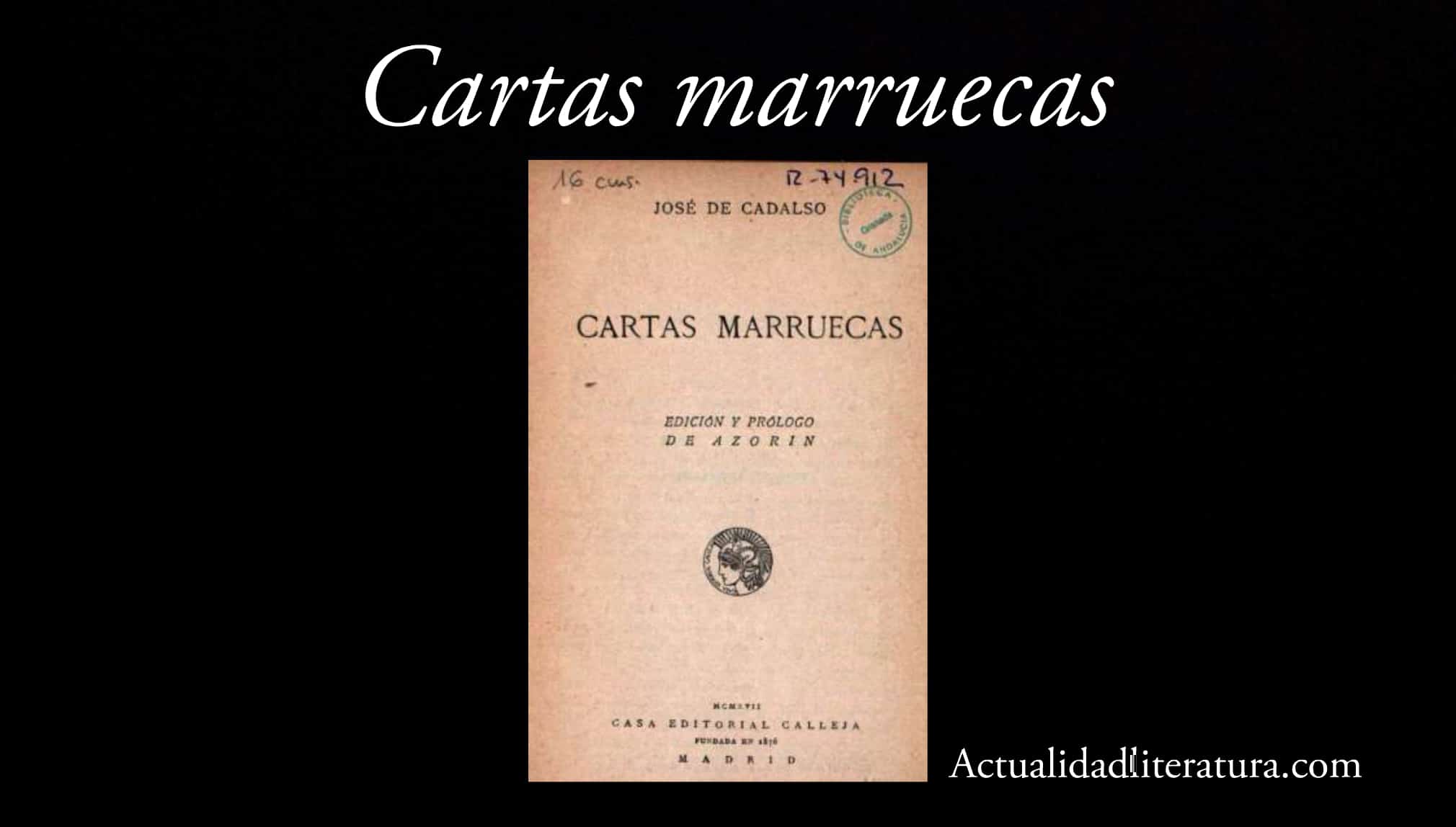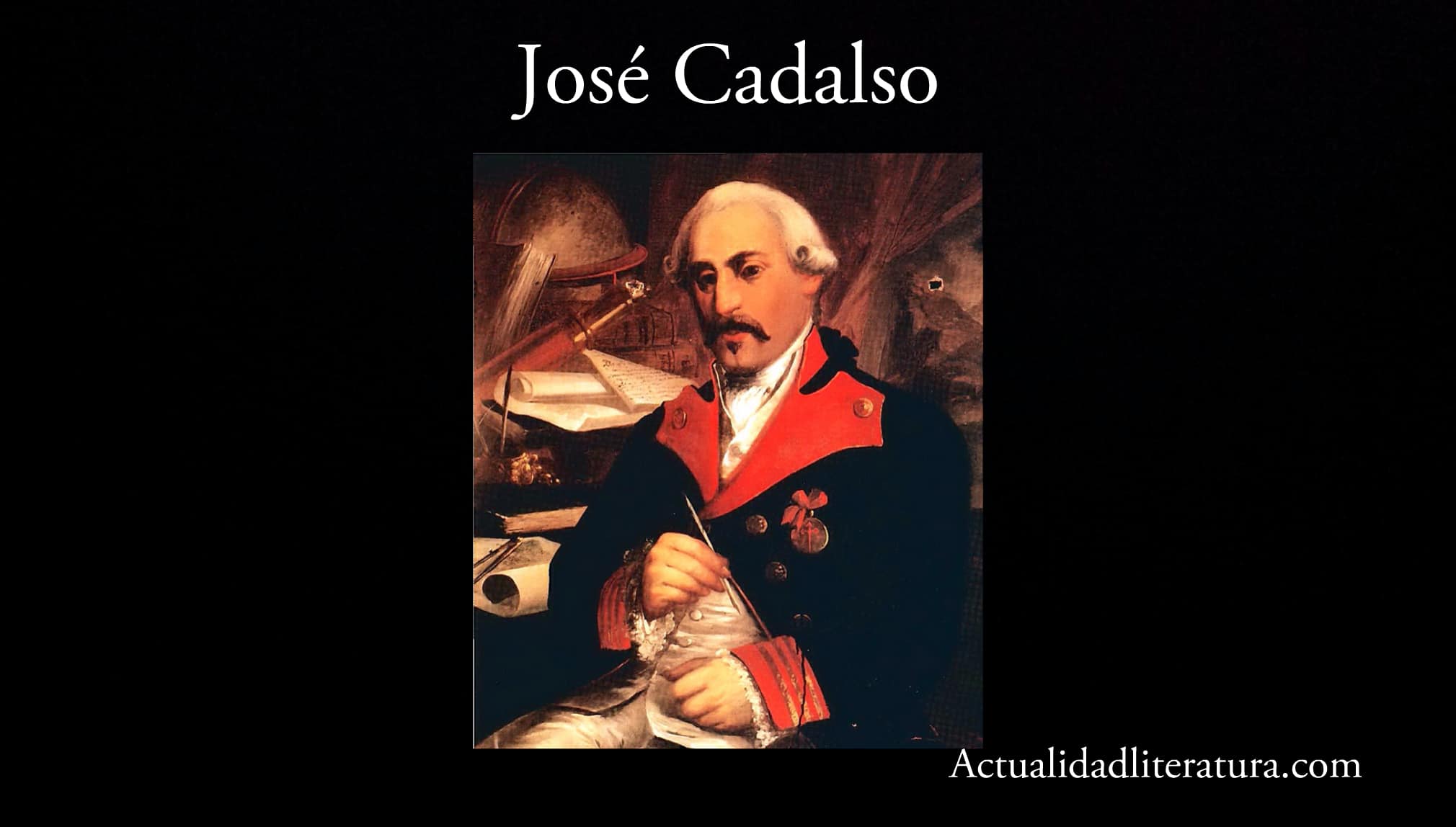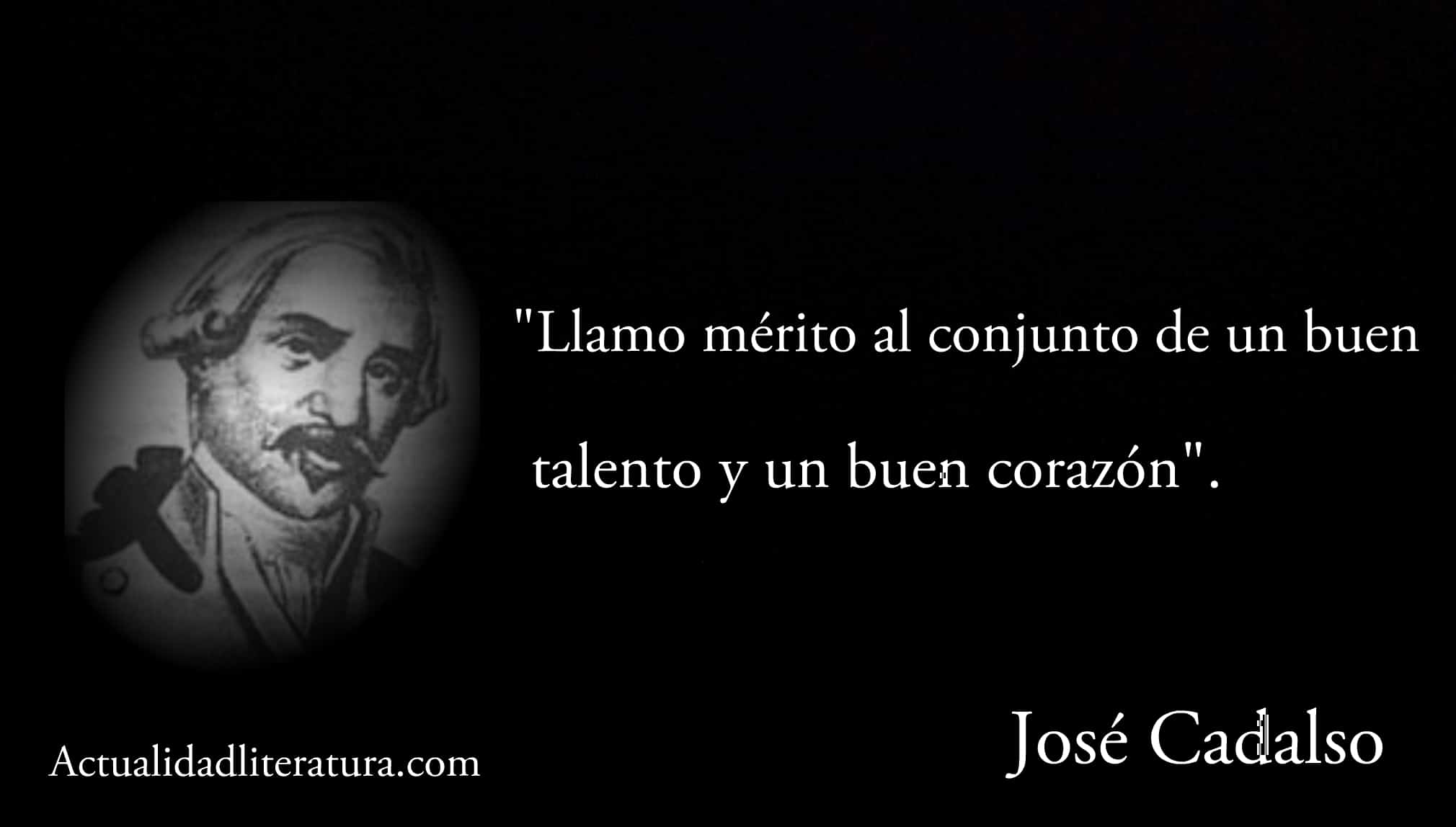
Moroccan letters.
Cartas marruecas is an epistolary novel written by the Spanish writer and military man José Cadalso. Published in 1789, it is one of the most important monuments of Iberian literature of the XNUMXth century. Likewise, this work has been recognized for the development of its original and daring story, leaving behind many paradigms of its time.
In fact, many scholars regard his lines, laden with modernist prose, as well ahead of their time. The same happens with the story, based on the exchange of letters (90 in total) between three fictional characters. Although the argument presents a non-objective analysis, it is a very valid perspective on the prevailing situation in Spain at that time.
The author, José Cadalso
A life worthy of a book and a movie
José Cadalso y Vásquez de Andrade was born in Cádiz, Andalusia, on October 8, 1741. Sadly, his mother died during childbirth and his father met him when he was 13 years old.. This was a wealthy businessman with interests in the Americas, too busy to cross the Atlantic and bury his wife or care for his son.
The Jesuit father Mateo Vásquez, uncle from the maternal wing, had him under his care during his childhood. Later, he moved to Paris to continue his studies (in the French capital he finally met his father). Later, He toured the Netherlands, Italy and the Germanic territories, until he settled with his father in London.
A man "of the world"
The constant trips through several of the dazzling European cities gave Cadalso a cosmopolitan vision of life. In addition, he experienced in the first person the zenith of enlightened thought. Consequently, young Joseph ended up becoming a man of reason.
This "progressive" line of thought brought him heavy confrontations with his father.. Because - like the rest of Spain - his father embraced very conservative “archaic” ideals. Which privileged experience over acquired knowledge.
With a Jesuit vocation?
The first confrontation between father and son was due to the order of the first for his offspring to study at the Seminario de Nobles de Madrid. It was an institution whose primary mission was to prepare young people for bureaucratic tasks, far from any artistic and creative vocation.
To escape this "punishment", Cadalso pretended to be interested in training as a Jesuit cleric. Actually, it was quite a ruse; his father repudiated this religious order and sent him back to the "enlightenment." Thus, he lived a second stage based in the "city of love." Also, he traveled the continent to learn living languages and Latin (a language almost in disuse in those years).
End of idyll

Joseph Gallows.
The death of his father in 1761, when the illustrated young man was just 21 years old, was a "call to Earth". He returned to Spain to find disturbing news: his father's old fortune had disappeared ... Without inheritance, he decided to join the army. This was his old yearning as a teenager, vetoed in the first instance by his father (he did not commune with men at arms either).
From then on he combined intense romances with his literary work and military occupations. Because of the latter, Cadalso died prematurely in 1782, victim of the fragment of a grenade which struck him in the temple while fighting in the occupation of Gibraltar.
Analysis of Moroccan letters
You can buy the book here: Moroccan letters
Context
Gloomy Nights y Moroccan letters represent the ne plus ultra within the literary career of José Cadalso. Due to the circumstances described in the previous paragraph, both works were published posthumously and in installments. The Post of the Blind de Madrid was the medium in charge of making these outstanding works known to the world.
The colonel - he had just received this rank days before his death - produced his celebrated epistolary novel between 1773 and 1774. However, He did not manage to overcome the conservative censorship of that time and, therefore, he had no opportunity to enjoy his success in life.
Disruptive lyrics
After the magnitude of the Spanish Golden Age, later Spanish-language literature entered a rather pronounced pothole.. After the genius of authors such as Lope de Vega, Pedro Calderón de la Barca, Francisco de Quevedo, Tirso de Molina or Sor Juana Inés de la Cruz (among others), it was “natural” that the next stage was perceived as “stationary”.
However, Moroccan letters served as an unusual proposal to put Spanish letters in motion again. Thanks to an exquisite combination epistolary genre more explanatory, with the most subtle of prose full of narrative figures.
Characters
The protagonist is Gazel, a young Moroccan from a well-off family who has just arrived in Spain on vacation.. He values all the situations he observes objectively and strives not to be swayed by previous judgments. This behavior is due in large part to his teacher, Ben Beley, whom he keeps abreast of all his experiences.

Quote by José Cadalso.
For this reason, Beley is very proud of his mentee's efforts to overcome any superficial or preconceived ideas. On the other hand, Nuño, a middle-aged Spaniard, completes the trident of senders and remitters. This character represents the progressive stance of the author, a fervent lover of the truth, with little faith in his countrymen, but a tireless defender of the country.
The censorship
The Andalusian writer was unable to see his work published in his lifetime as a result of the strong criticism of Iberian society reflected in some passages of Moroccan letters. After living in Paris and London, as well as seeing firsthand the advances in human thought in Italian and Germanic societies, his return to Spain was almost traumatic.
The Iberian nation's attachment to past ideas - and those that have been surpassed in almost all of Europe - was the most outrageous for Cadalso. Not surprisingly, this position caused him to clash with his father (aired in the middle of his "essay epistles"). Likewise, it was a point of view despised by the most conservative and traditionalist sectors, although time ended up proving it right.